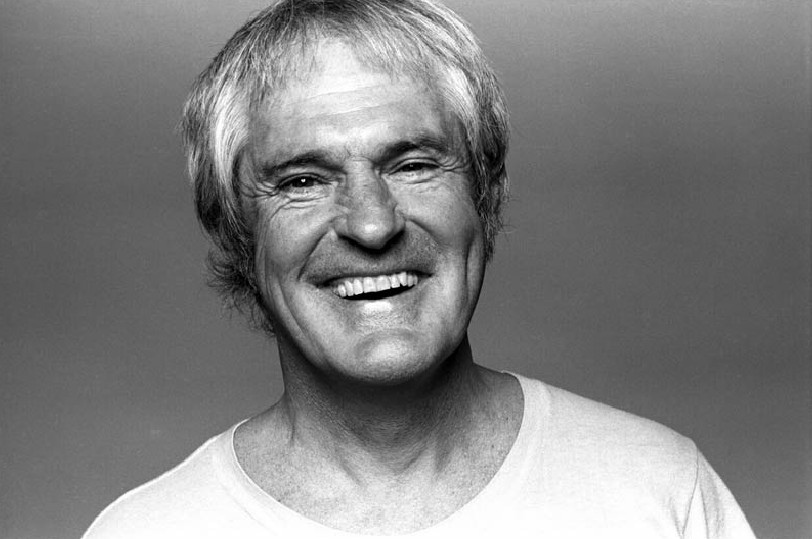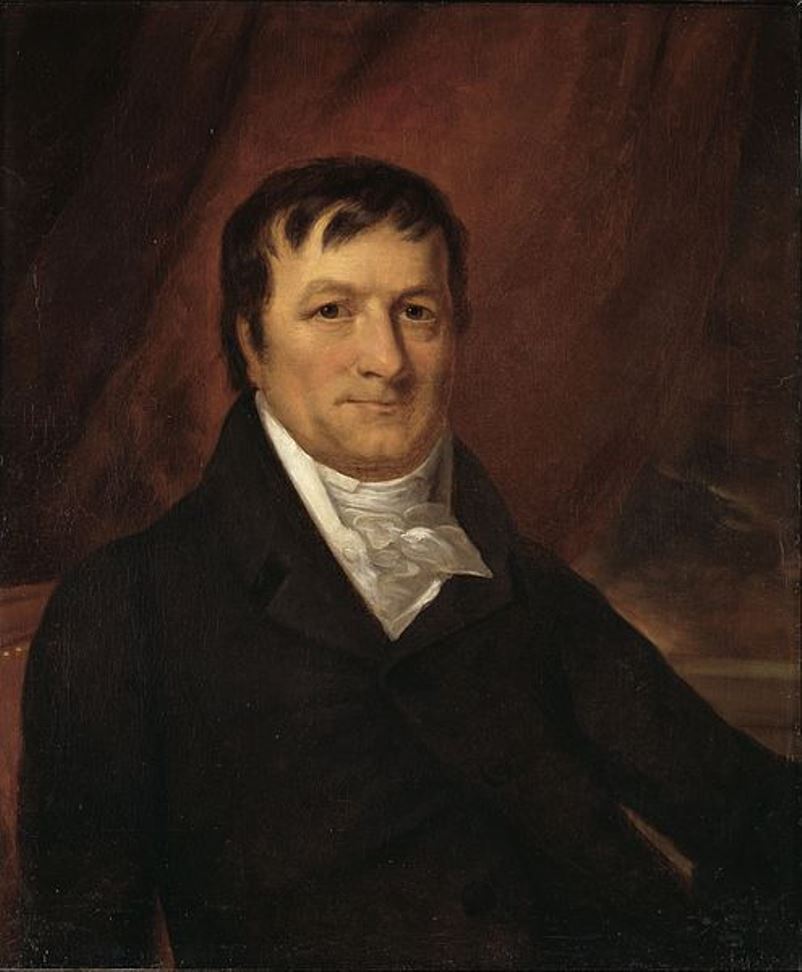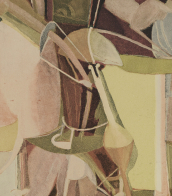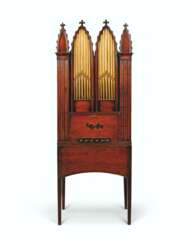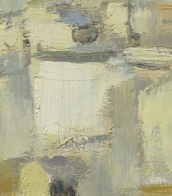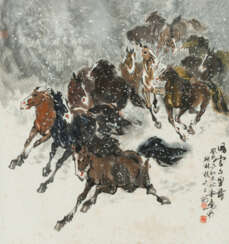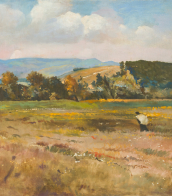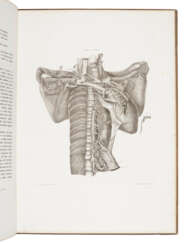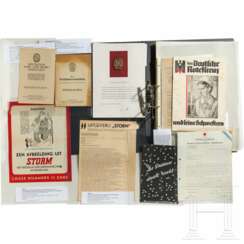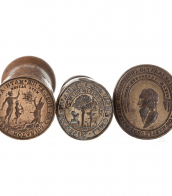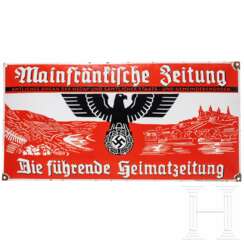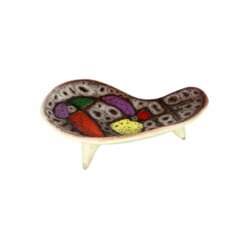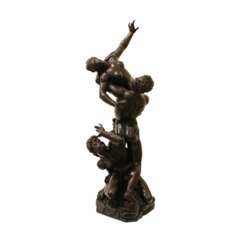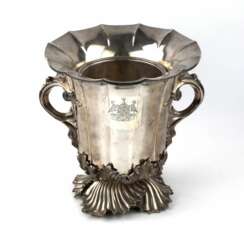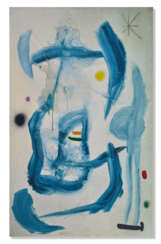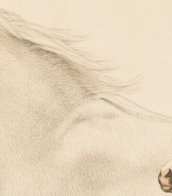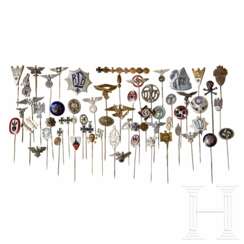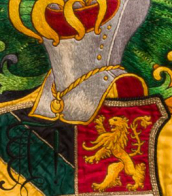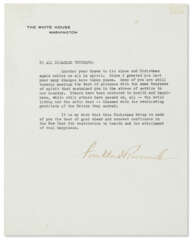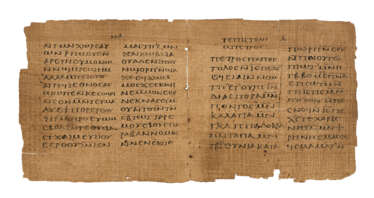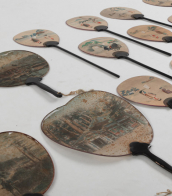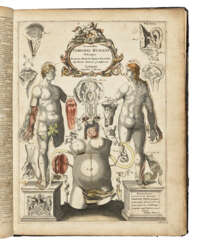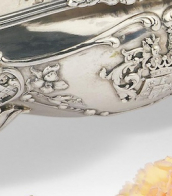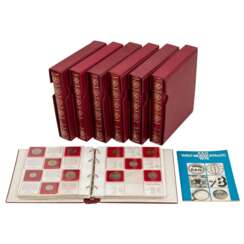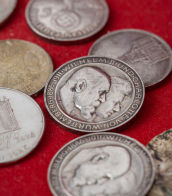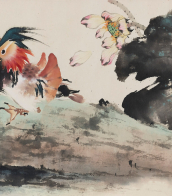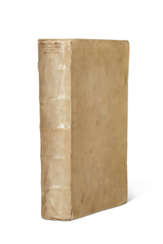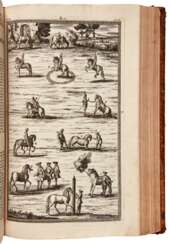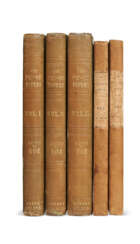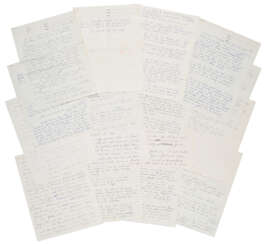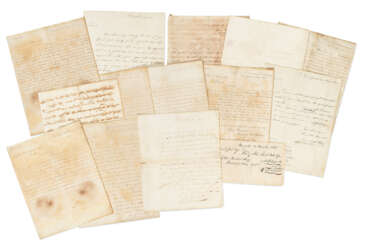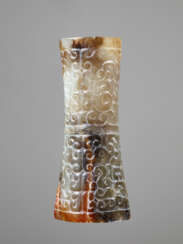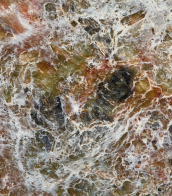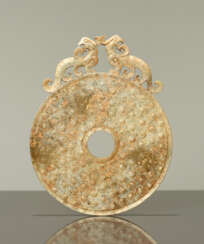various organizations
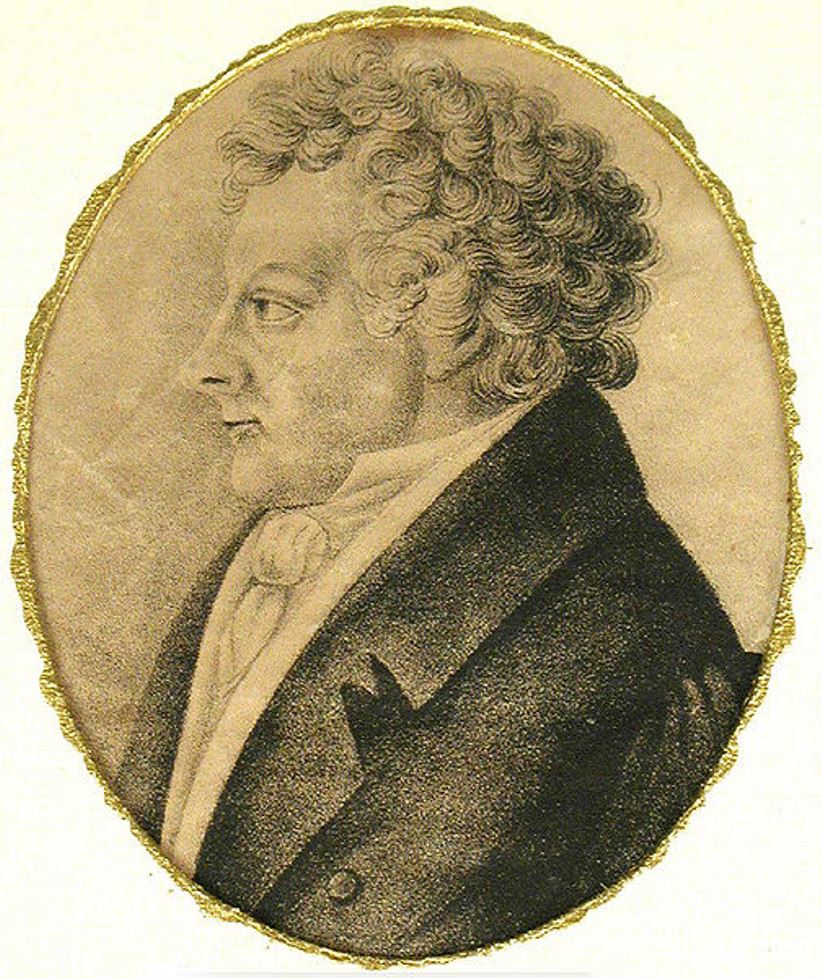
Johann Friedrich Meckel the Younger was a German anatomist, biologist and professor of anatomy.
Meckel came from a family of physicians; his grandfather and father were physicians and anatomists and had their own anatomical museum at home. Meckel studied medicine at the universities of Halle and Göttingen, writing his doctoral dissertation on congenital anomalies of the heart. As a pathologist, he specialized in the study of congenital malformations and aspects of lung and blood vessel development. He also described Meckel's diverticulum, which he discovered during a pathologic examination, and became the founder of the science of teratology.
After Napoleon's occupation, the University of Halle reopened in May 1808, and Meckel was appointed professor of surgery, normal and pathological anatomy, and obstetrics. He taught throughout his life, continued to conduct research in pathology, and collected specimens for his collection. The scientist was the author of numerous articles and several multi-volume treatises, including one on pathologic anatomy and an atlas depicting human anomalies. His principal labors were devoted to the comparative morphology of vertebrates. In 1810 he completed the translation of Cuvier's (1769-1832) five-volume Leçons d'anatomie Comparée from French into German.
Meckel was a member of the German Academy of Naturalists "Leopoldina," a corresponding member of the Paris Academy of Sciences, and a foreign member of the Royal Society of London.
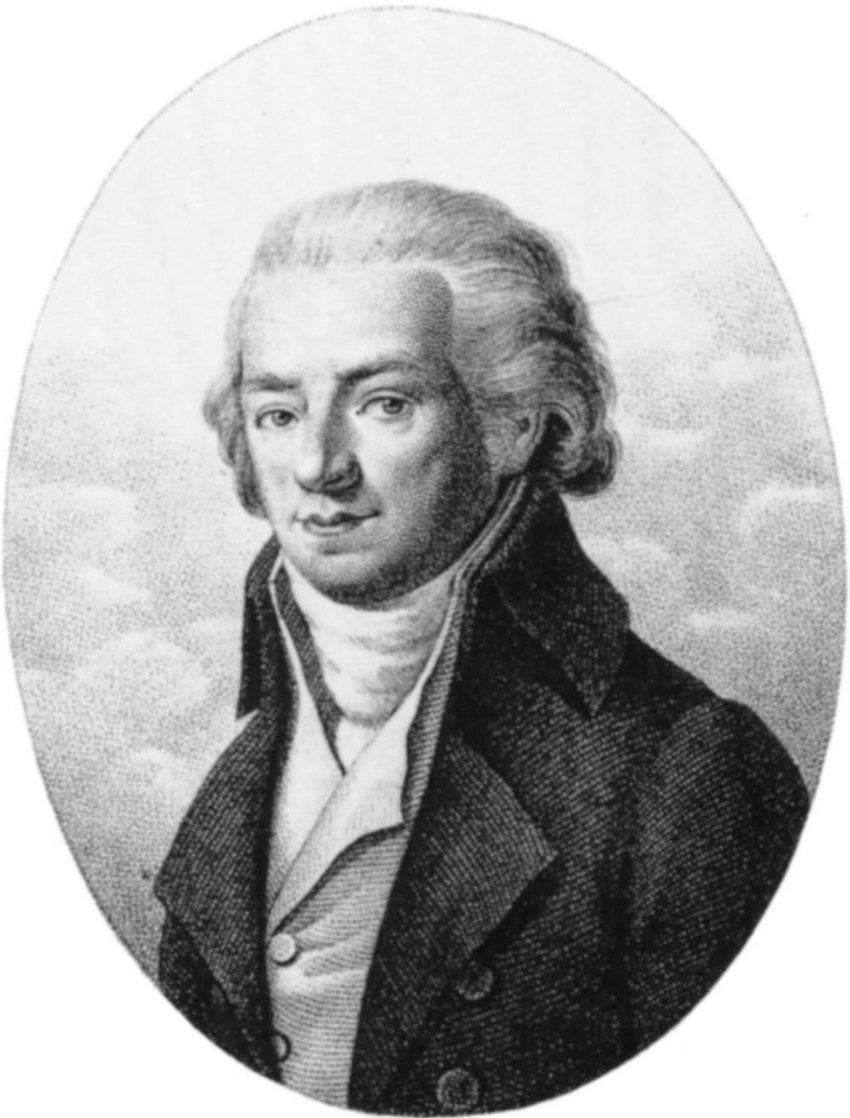
Samuel Thomas von Soemmering was a German physician, anatomist, anthropologist, paleontologist, physiologist and inventor.
He studied medicine at Göttingen, where he received his doctorate, and in the same year became professor of anatomy at Kassel, then at Mainz. Among Soemmering's contributions to biology are the discovery of the macula in the retina of the human eye, studies of the brain, lungs, nervous system, and embryonic malformations, and he published many papers in the fields of neuroanatomy, anthropology, and paleontology. He was the first to give a reasonably accurate account of the structure of the female skeleton.
Soemmering also worked on fossil crocodiles and pterodactyls, which at the time were called ornithocephalians. In addition, Soemmering dabbled in chemistry, astronomy, philosophy, and various other fields of science. Among other things, he investigated the refinement of wines and sunspots, and designed a telescope for astronomical observations. In 1809, Soemmering developed a sophisticated telegraph system based on electrochemical current, which is now preserved in the German Science Museum in Munich.


Joan Miró, a celebrated Spanish artist, was a master in painting, sculpture, and ceramics, renowned for his unique style that blurred the lines between Surrealism, Fauvism, and Expressionism. Born in Barcelona to a family of a goldsmith and a watchmaker, Miró grew up immersed in the rich cultural heritage of the Barri Gòtic neighborhood. His artistic journey began with drawing classes at the age of seven and continued at the prestigious La Llotja art academy. Despite an initial venture into the business world, Miró's passion for art prevailed, leading him to abandon his clerical career after a nervous breakdown.
Miró's work is noted for its exploration of the subconscious, often depicting a childlike perspective. This approach was both a critique of traditional painting methods and a means of expressing Catalan pride. His art, challenging to categorize, often featured symbolic elements and nationalistic qualities. One of his notable early works, "The Farm," reflects a transition to a more individual style, blending elements of his Catalan roots with broader artistic influences. This piece, later purchased by Ernest Hemingway, encapsulated the essence of Spain in its imagery.
In Paris, Miró joined the Surrealist movement in 1924, where his work began to reflect the influence of automatism, emphasizing spontaneous, automatic, or subconscious creation. He experimented with various mediums, including painting-poetry and collage, and even ventured into set and costume design for Sergei Diaghilev's Ballets Russes.
During World War II, Miró remained in Spain, and his work from this period, including the 22 Constellations series, reflected an interest in the night, music, and stars. His forms became increasingly abstracted, and he experimented with various techniques, often incorporating primary colors and evocative titles.
Miró's career spanned several decades, during which he continually evolved his style and explored new mediums. His contributions to art were recognized with numerous awards and retrospectives, including a major career retrospective at MoMA in 1941 and the Spanish Gold Medal for Fine Arts in 1980. Among his last major works was a tapestry for the World Trade Center in New York City, created in 1974.
For art collectors and enthusiasts, Joan Miró remains a figure of immense interest, not only for his distinct style and contributions to Surrealism but also for his ability to blend poetic imagery with political commentary. To stay updated on new product sales and auction events related to Joan Miró, sign up for our updates and immerse yourself in the world of this extraordinary artist.

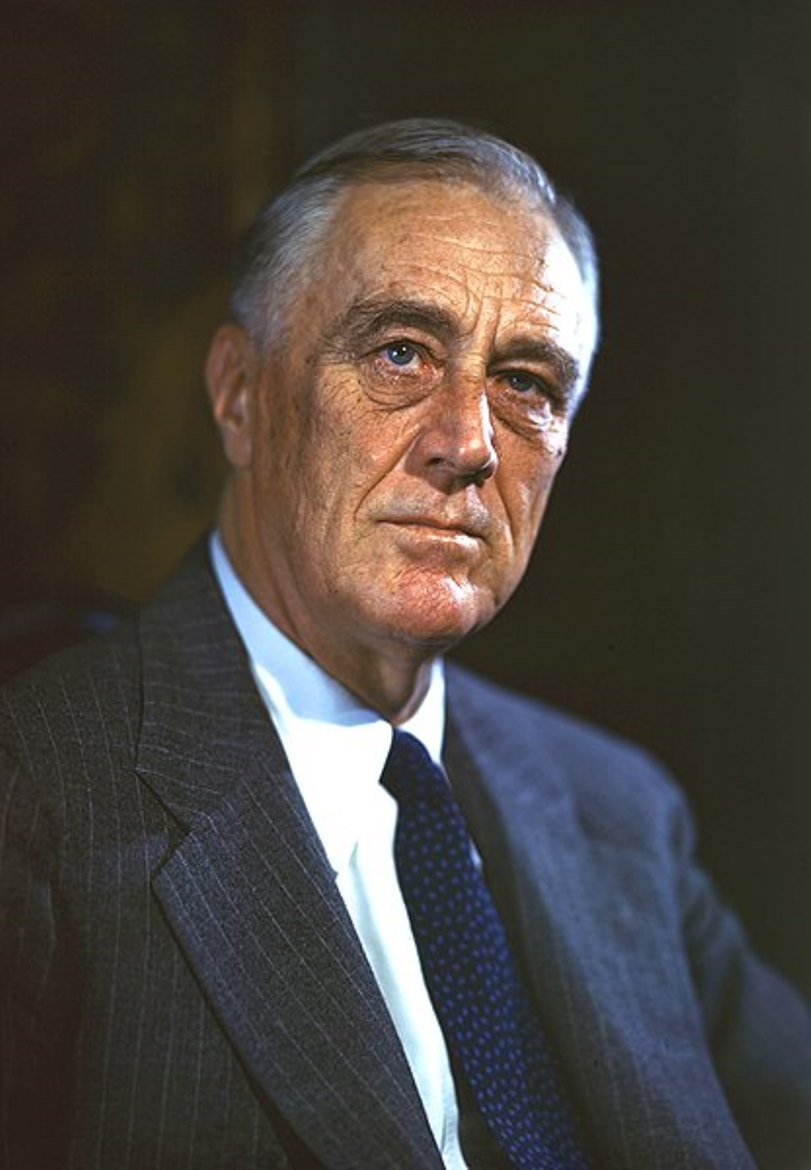
Franklin Delano Roosevelt was an American politician and statesman, the 32nd President of the United States (1932-1945).
Franklin was educated at Harvard University and Columbia Law School. His cousin was President Theodore Roosevelt, and Franklin also went into public service, but as a Democrat. He was elected to the New York Senate in 1910, President Wilson appointed him Assistant Secretary of the Navy, and Roosevelt became Governor of New York in 1928.
In November 1932, Franklin D. Roosevelt was elected president of the United States. Taking office in the midst of the Great Depression, Franklin D. Roosevelt, with his "Hundred Days" and "New Deal" programs, helped the American people regain faith in themselves. In 1936, he was re-elected by a large margin. During this difficult political period, he sought through neutrality legislation to keep the U.S. out of the war in Europe, but at the same time to strengthen countries that were threatened or attacked. Japan's surprise attack on Pearl Harbor on December 7, 1941, drew the country into the war.
In 1944, as Hitler's Germany was nearing its collapse, an ailing Roosevelt managed to win the presidency again. The following February, he met with Churchill and Stalin at the famous Yalta Conference. His health was deteriorating, and on April 12, 1945, Franklin Roosevelt died of a cerebral hemorrhage. He was the only U.S. president to be elected to office four times. Roosevelt successfully led the United States through two of the greatest crises of the 20th century: the Great Depression and World War II.


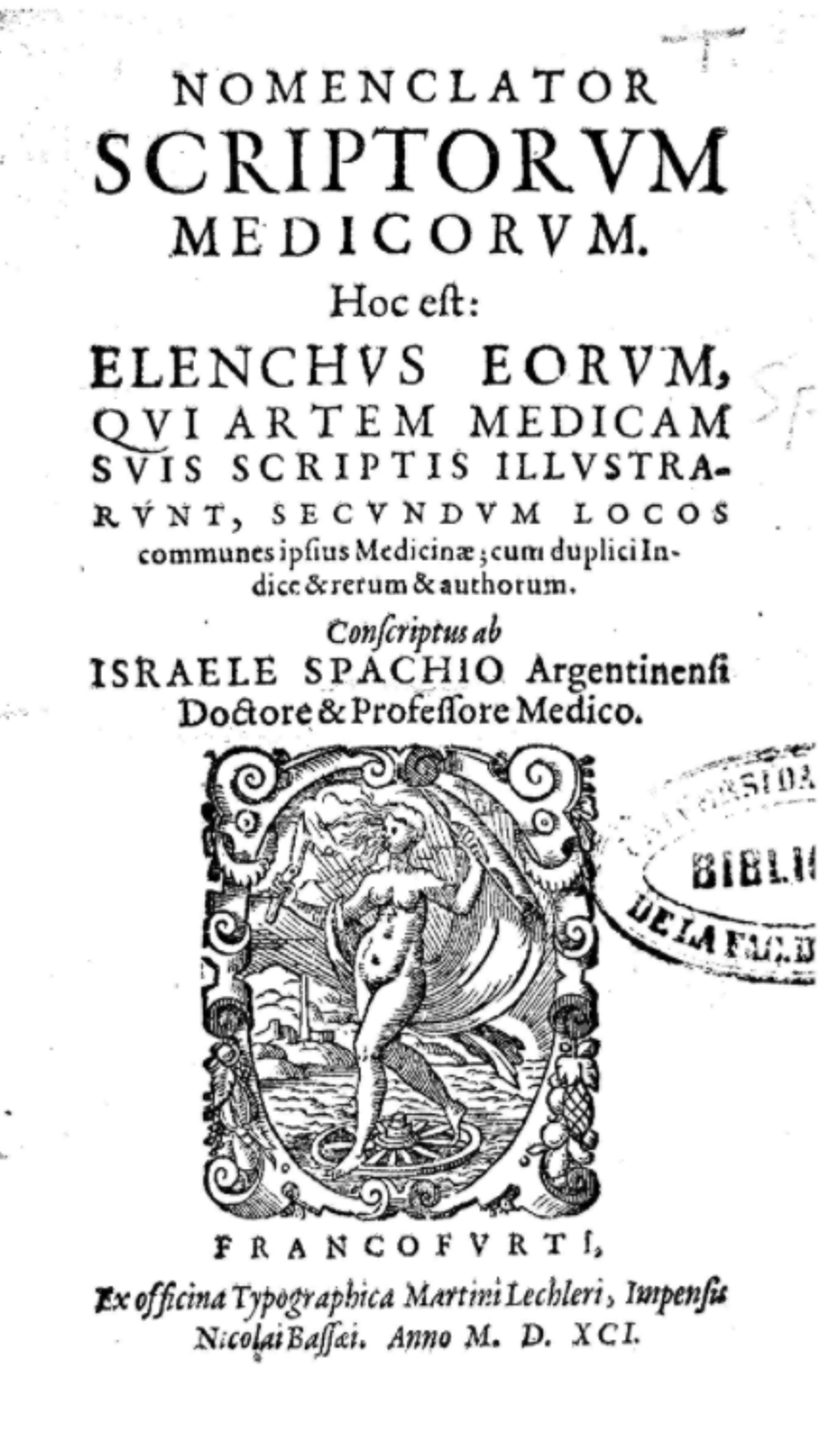
Israël Spach (also Israelis Spachius) was a German and French physician, medical writer and teacher of medicine.
Spach studied at the University of Tübingen, receiving the degree of doctor of medicine, and from 1589 taught medicine and Hebrew at the University of Strasbourg, with the rank of professor of medicine. He was characterized by a high bibliographical education.
Spach was the author of a gynecological encyclopedia, Gynaeciorum sive de mulierum tum communibus, tum gravidarum, parientium, et puerperarum affectibus et morbis, published in Strasbourg in 1597. It was a very significant book for its time.
Israël Spach also wrote Nomenclator scriptorum medicorum..., published in Frankfurt in 1591, which was the first attempt at a bibliography on medical subjects. It was organized under very broad subject headings, with indexes of authors and subjects.


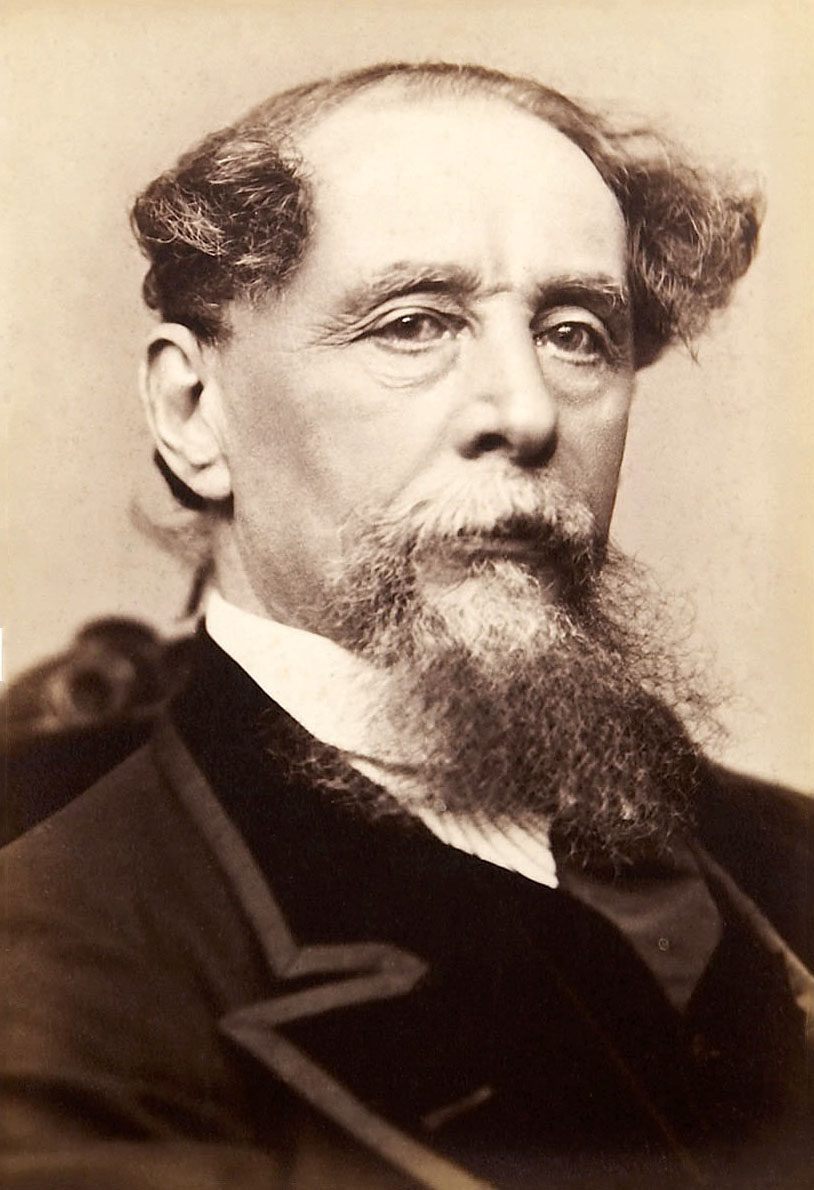
Charles Dickens, full name Charles John Huffam Dickens, is the most famous British writer of the Victorian era, a classic of world literature.
From childhood the future writer learned all the hardships of life in poverty: his father in prison for debts, hard work in a factory. Then service stenographer in court and reporter developed in him a strong attachment to journalism and contempt for both the law and parliament.
Dickens had many talents: in addition to literary work, he was an actor, published periodicals, arranged numerous literary readings, where he reveled in the admiration and love of the public. Fecund and versatile, Charles Dickens wrote many brilliant and often comic works. His novels cover a wide range of social, moral, emotional and other aspects. As a subtle psychologist, he is also very interested in the most ordinary people, but also the eccentric, the flawed, and even the insane.
Dickens was immensely popular around the world during his lifetime. His intellect, worldview, and deep reflections on society and its faults enriched his novels and made him one of the great figures of nineteenth-century literature, an influential spokesman for the conscience of his time.
Dickens' best-known and most popular novels are The Pickwick Club Posthumous Notes, Oliver Twist, Nicholas Nickleby, David Copperfield, Cold House, A Tale of Two Cities, Our Mutual Friend, Great Expectations, and The Mystery of Edwin Drood.

